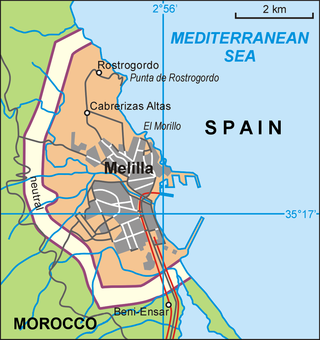 | |
| Author | Oswald de Andrade |
|---|---|
| Country | Brazil |
| Language | Portuguese |
| Genre | Novel |
Publication date | 1927 |
| Media type | |
Estrela de absinto is a Portuguese-language novel by Brazilian author Oswald de Andrade.
 | |
| Author | Oswald de Andrade |
|---|---|
| Country | Brazil |
| Language | Portuguese |
| Genre | Novel |
Publication date | 1927 |
| Media type | |
Estrela de absinto is a Portuguese-language novel by Brazilian author Oswald de Andrade.

The Ivorian Football Federation is the governing body of football in Ivory Coast and is in charge of the Ivory Coast national team and other footballing matters in the country.

The Costa Rican Football Federation, also known as FEDEFUTBOL or FEDEFUT, is the official association football governing body in Costa Rica and is in charge of the Costa Rica national football team and the Costa Rica women's national football team.

The Vélodrome de Vincennes is a cycling stadium in the Bois de Vincennes, Paris, France.
Ajië is an Oceanic language spoken in New Caledonia. It has approximately 4,000 speakers.

The Congolese Association Football Federation is the governing body of football in the Democratic Republic of the Congo. It founded in 1919 and affiliated to the FIFA in 1964 and CAF in 1964. It organizes the national football league Linafoot and the national team.

The Angolan Football Federation is the governing body of football in Angola. It was founded in 1979, and affiliated to FIFA and to CAF in 1980. It organizes the national football league Girabola and the national team.

The Panamanian Football Federation, known as FEPAFUT, is the official governing body of football in Panama and is in charge of the Panama national football team. FEPAFUT was a founding member of CONCACAF in 1961.
The Centre de Données astronomiques de Strasbourg is a data centre which collects and distributes astronomical information . It was established in 1972 under the name Centre de Données Stellaires by the National Institute of Astronomy and Geophysics (INAG). The on-line services currently provided by the CDS include:
Ndrumbea, variously spelled Ndumbea, Dubea, Drubea and Païta, is a New Caledonian language that gave its name to the capital of New Caledonia, Nouméa, and the neighboring town of Dumbéa. It has been displaced to villages outside the capital, with fewer than a thousand speakers remaining. Gordon (1995) estimates that there may only be two or three hundred. The Dubea are the people; the language has been called Naa Dubea "language of Dubea".
The Base Mérimée is the database of French monumental and architectural heritage, created and maintained by the French Ministry of Culture. It was created in 1978, and placed online in 1995. The database is periodically updated, and contains more than 320,000 entries as of October 2020. It covers religious, domestic, agricultural, educational, military and industrial architecture, and is subdivided into three domains: historical monuments, general inventory, and architecture. The database was named after writer, historian and inspector-general of historical monuments Prosper Mérimée, who published the first survey of historic monuments in 1840.
The Nemi language is a Kanak language spoken by 320 people in the north of New Caledonia, in the commune of Hienghène. Dialects include Ouanga, Ouélis, and Kavatch.
Pije (Pinje) is a Kanak language of New Caledonia, in the commune of Hienghène.
Fwâi (Poai) is a Kanak language of New Caledonia, spoken in the commune of Hienghène. In 2009, there were around 1,900 speakers of Fwâi. It’s considered a vulnerable language by the UNESCO Atlas of the World’s Languages in Danger.
Haveke is a Kanak language of New Caledonia, in the commune of Voh. Bwatoo dialect is distinct.
Kumak, also known as Nêlêmwa-Nixumwak after its two dialects, is a Kanak language of northern New Caledonia.
Sungwadia, also known as Marino and North Maewo, is an Oceanic language spoken on Maewo, Vanuatu.
Sungwadaga or Central Maewo, also known as Peterara after one of its dialects, is an Oceanic language spoken on Maewo, Vanuatu.
Termanu is a Central Malayo-Polynesian language of Roti Island, off Timor, Indonesia. Speakers of Korbafo and Bokai dialects are ethnically distinct.
Tropicos is an online botanical database containing taxonomic information on plants, mainly from the Neotropical realm. It is maintained by the Missouri Botanical Garden and was established over 25 years ago. The database contains images and taxonomical and bibliographical data on more than 4.2 million herbarium specimens. In addition, it contains data on over 49,000 scientific publications. The database can be queried in English, French, and Spanish. The oldest records in the database go back to 1703.

The COVID-19 pandemic was confirmed to have reached the Spanish territory of Melilla in March 2020.